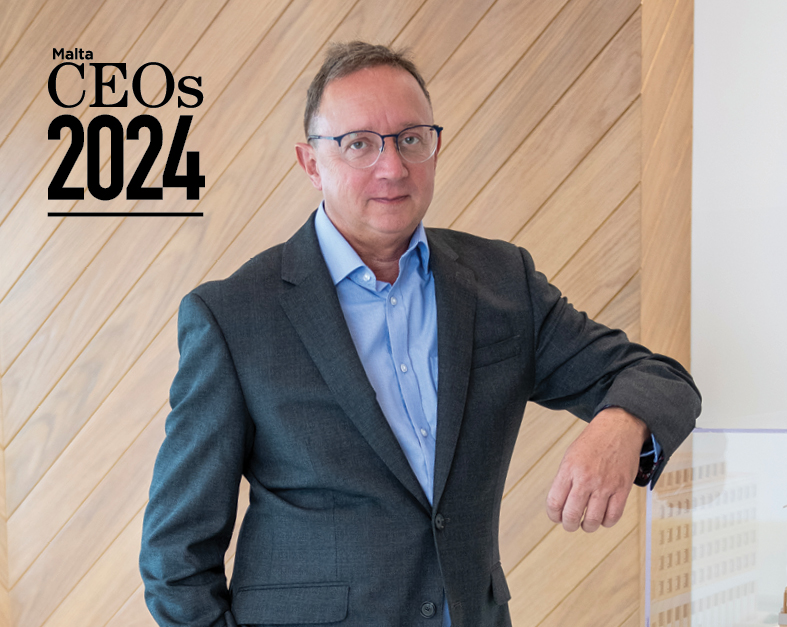As talent matters have risen to top priority on the boardroom agenda, HR trends, and employee-related interventions have also taken centre stage. ESG, well-being, diversity and inclusion are all core focus points. Concurrently, team-building, leadership training and the now-ubiquitous dilemma of remote vs office work are also never far from managerial minds.
And while no one can deny all these trends and interventions are highly valid to promote employee engagement and retention; at which point does an organisation stop to think how each of these fits into its purpose? How does an organisation discover that it should shift its focus on one ‘trend’ or initiative as opposed another? Is this spurred by data collected in-house which is representative of employee needs?
Very often these questions tend to be addressed by the adoption of the latest trend or the need for HR to fulfil perceived obligations because it is ‘the right thing to do’, rather than being necessarily ‘the right thing for the company’. In the eventuality of the initiative adopted actually being aligned with the purpose of the organisation, the question remains as to whether the initiative chosen is being positioned as significant or is it simply crowded under the standard umbrella of caring about the employee?
As the year draws to a close and reflection on people strategy and initiatives for 2024 is underway, here are some useful suggestions on how to retain employees strategically, while building brand ambassadors.
- Understand your employee needs through a data collection exercise
Whether you have an onboarding, engagement, exit survey or not, seek out data. Don’t assume what your employees’ needs are because there is some stress-related statistic which is trending over others. Form a focus group and ask them about their experience at work. Ask them what keeps them at your organisation.
Gather and prioritise the opinions of the less vocal, consistent performers who are driving the business and minimise the complaints of the vocal employees that enter your office, daily.
- Reflect on what your organisation stands for – whether you have a formal vision, mission statement, values or employee value proposition (EVP) or not
Not every organisation has the above, and even fewer may have an employee value proposition. This does not matter.
Business owners and leaders have personal beliefs and values, and their behaviour conveys them. Identify the behaviours that strongly resonate in the organisation.
Reflect on why your business exists: what does it want to achieve and be known for? What workplace do you want to work in? What are your strategic goals for 2024?
- Take time to understand the current HR trends and initiatives out there
Talent will continue to be priority. Therefore, keeping up to date and understanding the importance of all the latest talent-related trends and initiatives is essential.
However, if you cannot keep up with all of this, start with the topics that came up in your data collection exercise. Think of what leadership training resonates most with the style of leadership you have, or want, in your organisation.
- Evaluate your employee needs against current HR trends as well as your purpose
Carefully select those initiatives that will not only meet your employees’ needs, but align with your organisation’s beliefs and serve your 2024 business goals.
Through this exercise your initiatives will have a much stronger impact and there is a clear justification as to why some initiatives were left out. Only through this form of differentiation will you succeed in standing out as an employer.
- Communicate, constantly
Many organisations are doing great things for their employees, yet they sometimes forget the most powerful element – communication. So much energy is spent on external communication to attract potential talent while current ‘customers’ i.e. your employees, are not communicated to about developments that continue to make the company an attractive workplace. Employees are the easiest conduit to new talent. Why not feed them the reason why someone new should work with you?
A people strategy based on HR trends alone will only get an organisation so far. As you start to truly tailor your HR initiatives while increasing communication, employees will begin relating to your organisation in a much more meaningful way – shifting from employees to brand ambassadors.
This is the moment your employer branding is no longer simply a buzz word but becomes a strategic tool.
Getting some well-needed rest: A reminder to switch off outside of work
This does not entail slowing down your productivity, but it concerns setting boundaries between personal life and work.
Is It too late to start building wealth for retirement?
An anxious financial controller in their 40s is concerned about their financial future due to low savings and no investments ...
‘We aim to expand Paytently’s reach across more industries, geographies and payment methods’ – Matthew Buhagiar
The newly appointed Finance Director talks strategy, plans and aspirations for the payment solutions provider in 2024 and beyond.
6 ways business leaders can instil a culture of creativity within their teams
At the heart of it, business leaders need to focus on fostering their team’s creativity, rather than simply relying on ...











